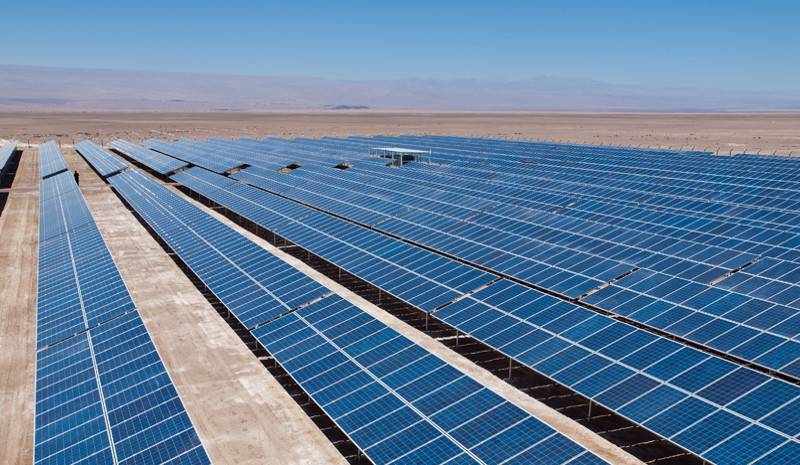A capacity addition of 27.07 GW of renewable energy has been reported in India during last three and a half years, including 12.87 GW of solar, 11.07 GW of wind, 0.59 GW of small hydro and 0.79 GW of biomass.
In particular, the solar sector is on an exponential growth path, with PV installs reaching over 16.6 GW, including 863.92 MW from solar roof top projects.
The government has set an ambitious target of achieving 40% cumulative electric power through renewable energy sources by 2030, and an installation of 175 GW of renewable energy source by 2022 (predominantly solar and wind).
To achieve this, the government has enacted a number of measures, and is playing an active role in promoting them. These include generation-based incentives, capital and interest subsidies, viability gap funding, concessional finance and fiscal incentives.
Major installation programs for solar parks, solar roof top systems and solar pumps, among others, have also been launched in past two years.
Increasing demand
As the economy is prospering, the country's energy demand is increasing. Out of the total power generation capacity installed – 331.95 GW – renewable energy contributes to around 60.98 GW.
A milestone, India recorded its biggest ever PV power capacity addition of 5525.98 MW in 2017, of which solar rooftops contributed 1.7 GW.
If realized, the 10 GW target set for 2017-2018 will take cumulative capacity over 20 GW by March 31, 2018 (financial year end).
As of December 2017, 23.65 GW had been tendered, out of which letters of intent for 19.34 GW have been issued.
Around 35 solar parks totaling 20 GW have been approved in 21 states. The target under the country”s Development of Solar Parks and Ultra-Mega Solar Power Projects scheme has also been increased to 40 GW, from 20 GW.
The Kurnool solar park in Andhra Pradesh emerged as the world’s largest, with the commissioning of 1 GW of capacity at a single location.
The competitive solar market also saw a decline in solar PV tariffs, to lowest level of INR 2.44 ($0.04)/kWh. The tariff increased slightly after that in other auctions, but stayed under INR 5 ($0.08)/kWh in 2017.
Furthermore, India has installed 63 solar micro grids totaling 1.89 MW under the country's Solar Off-Grid and Decentralized Applications program. The Ministry of New and Renewable Energy (MNRE) has provided financial support for up to 30% of the costs of micro/mini-grids systems for installation in rural areas.
In the PV rooftop arena, 1.76 GW of capacity has been approved, with around 863.92 MW installed.
The government has taken many steps to boost PV rooftop installations. For example, in 2017, it unveiled its rent a roof policy, under which solar developers install PV arrays on rented roof space, and then offer leases to households to feed solar power to grid.
Concessional loans up to $1375 million have further been made available for PV rooftop projects. These loans have been offered from the World Bank, the Asian Development Bank and the New Development Bank, and made available to the State Bank of India, the Punjab National Bank and the Canara Bank.
Overall in 2017, India achieved new milestones and a concrete footing for the further development of its renewable energy sector. If the momentum continues, it will easily achieve its goals.
Author: Ajinkya Waradpande
This content is protected by copyright and may not be reused. If you want to cooperate with us and would like to reuse some of our content, please contact: editors@pv-magazine.com.



It is Sunny days in India as we harness more and more power from the power of the Sun.
As we increase generation of Solar power , environment get cleansed and India becomes Clean and Green.
School syllabus should include more on solar power and children of rural India should be imbibed to work on from tender age. Facilities to manufacture solar panels domestically coupled with simplified labour laws and land acquisition procedures will help to make India a global leader in harnessing renewable energy.
I fully agree with the comment by Shri S. Raghwan. This Technology is more applicable in rural areas where open land surface OR roof surface is very much open to the sky, so maximum sun light concentration is available for longer periods on Solar Panel.
I would like to know more about how the Solar Panel is made…what are ingredients of the solar panel which absorbs SUNLIGHT and creates Electric Current……and how this current is made available by the Solar Panel during the Late Evening Hours to Morning Hours….is it required to be stored on batteries for constant availability of power supply…..?